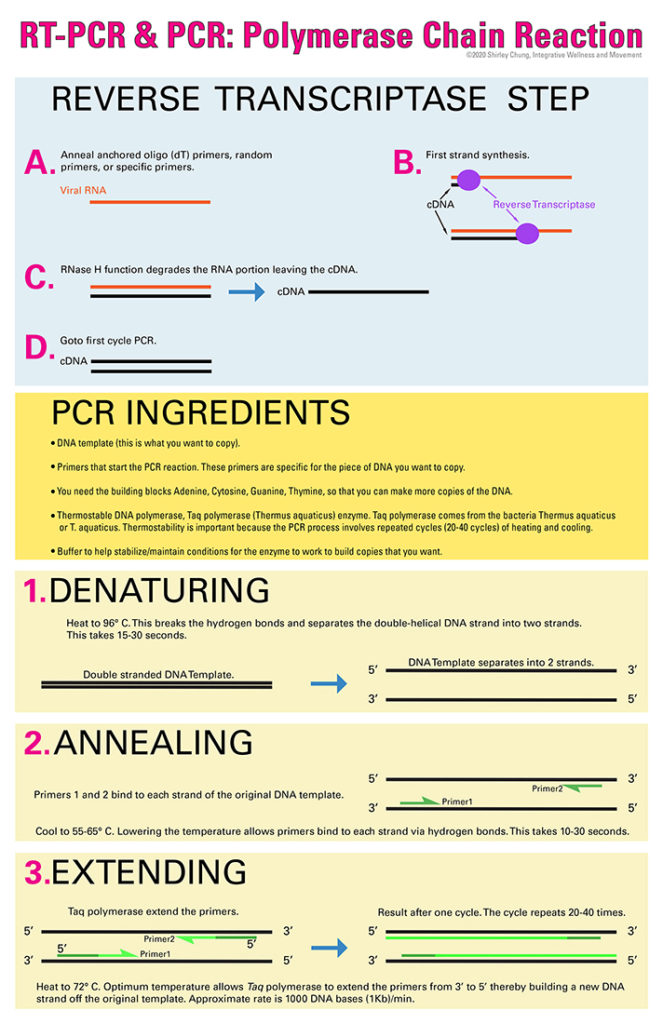Gain-of-function (GOF) research are studies that involve exploring, manipulating, and augmenting the pathogenicity and/or transmissibility of pathogens—especially with the possibilities of launching a pandemic, biowarfare, bioterrorism, and “other” military uses. GOF literally means that the pathogen has “gained a new level of function” (as compared to its original function), whatever that may be. GOF research challenges biosafety, biosecurity, and bioethics—like teetering on the edge of the Grand Canyon.
These are highly controversial studies with PPP (potential pandemic pathogens) that most people probably won’t know is going on. GOF research is not something you advertise.
The National Science Advisory Board for Biosecurity (NSABB) was a federally formed committee (consisting of up to 25 voting members) to advise the White House Office of Science and Technology regarding GOF research. NSABB reports directly to the Secretary of the United States Department of Health and Human Services. NSABB members represented expertise including (but not limited to): molecular biology/genomics; bacteriology; virology; clinical infectious diseases/diagnostics; institutional and/or laboratory biosafety and biosecurity; public health/epidemiology; health physicist/radiation safety; pharmaceutical production; veterinary medicine; plant health; food production; bioethics; national security; military biodefense programs and military medicine; intelligence; biodefense; law; law enforcement; academia; scientific publishing; export controls; industry perspective; public perspective. [2]
To quote directly from the NSABB’s objective and scope of activities:
“The purpose of the NSABB is to provide, as requested, advice, guidance, and recommendations regarding biosecurity oversight of dual use research, defined as biological research with legitimate scientific purpose that may be misused to pose a biologic threat to public health and/or national security. The NSABB will provide advice on and recommend specific strategies for the efficient and effective oversight of federally conducted or supported dual use biological research, taking into consideration both national security concerns and the needs of the research community to foster continued rapid progress in public health and agricultural research. Toward this end, the NSABB will also provide strategies to raise awareness of dual use issues relevant to the life science and related interdisciplinary research communities. In addition, pursuant to Section 205 of the PAHPA, when requested by the Secretary of Health and Human Services (HHS), the NSABB shall also provide to relevant Federal departments and agencies, advice, guidance, or recommendations concerning (1) a core curriculum and training requirements for workers in maximum containment and biological laboratories; and (2) periodic evaluation of maximum containment biological laboratory capacity nationwide and assessments of the future need for increased laboratory capacity.” [2]
NSABB has deliberated on influenza, MERS, and SARS—most recently in January 2020. Some of NSABB’s activity is part of public record, or what government likes to call Government in the Sunshine Act (U.S. Law passed in 1976) which is one aspect of the Freedom of Information Acts—”supposedly” with the goal of operating “more transparently”. Read into that what you will.
Interestingly enough, there is recorded video of some of their sessions at this link: https://videocast.nih.gov/watch=35665
References

